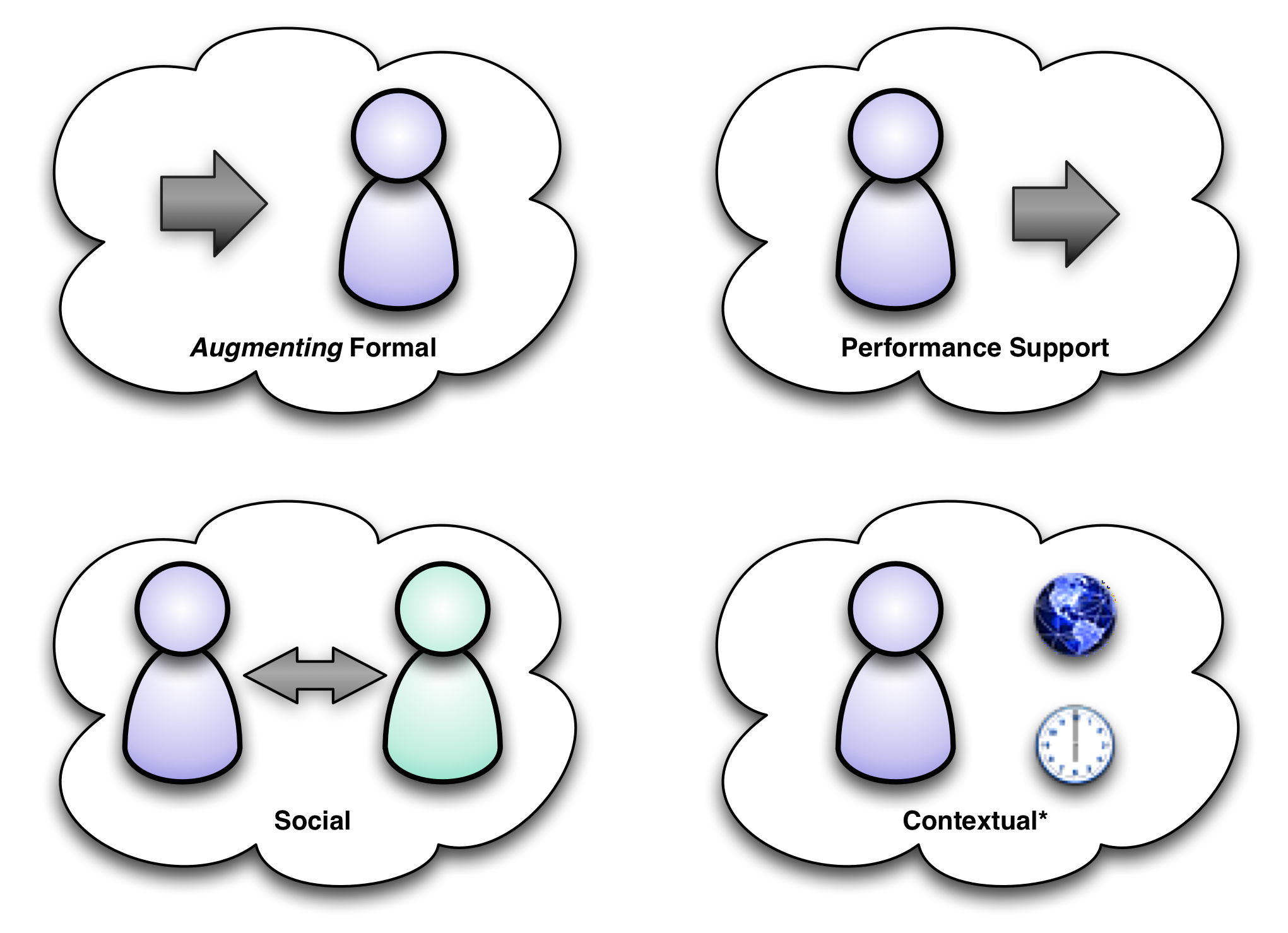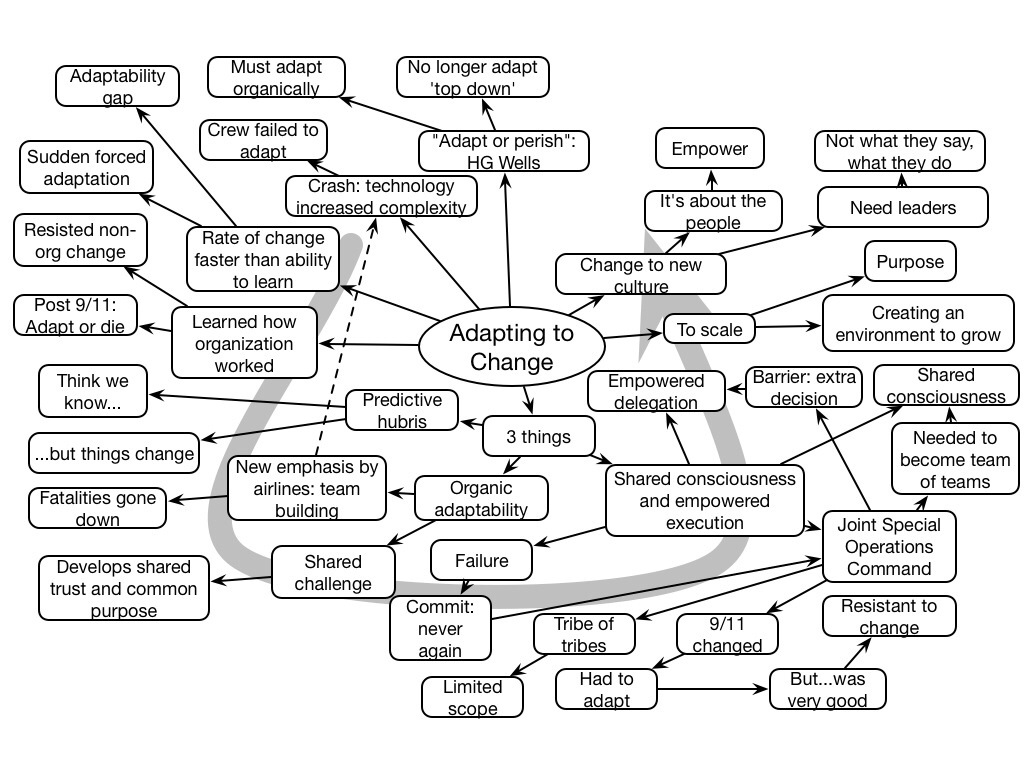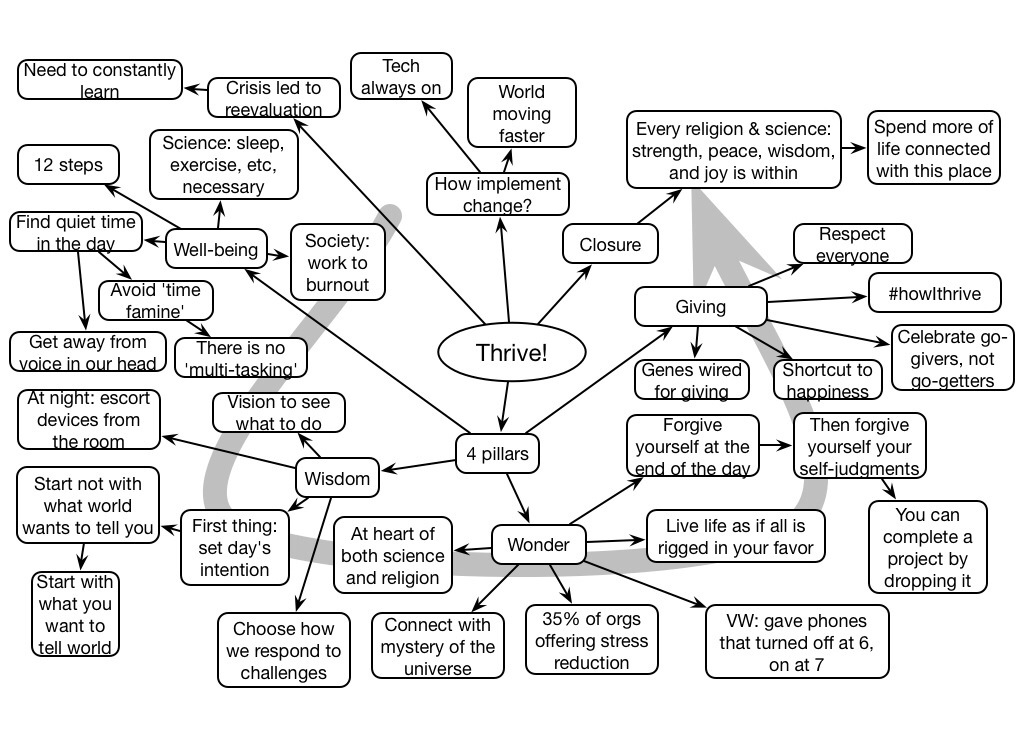Last week, Don Kirkpatrick passed away. Known for his four ‘levels‘ of measuring learning, he’s been hailed and excoriated. And it’s instructive to see why on both sides.
He derived his model as an approach to determine the impact of an intervention on organizational performance. He felt that you worked backward from the change you needed, to determine whether the workplace performance was changing, as then to see if that could be attributed to the training, and ultimately to the learner. He numbered his steps so that step 1 was seeing what learners thought, 2 was that learners could demonstrate a change, 3 was that the change was showing up in the workplace post intervention, and 4 was it impacting business measures.
This actually made a lot of sense. Rather than measuring the cost of hour of seat time or some other measure of efficiency, or, worse, not measuring at all, here was a plan that was designed to focus on meaningful change that the business needed. It was obvious, and yet also obviously needed. So his success in bringing awareness to the topic of business impact is to be lauded.
There were two major problems, however. For one, having numbered it the way that it was, people seemed that they could take a partial attempt. Research shows that the number of people would only do step 1 or 2, and these are useless without ultimately including 4. He even later wondered if he should have numbered the approach in the reverse. The numbers have been documented (from a presentation with results from the ASTD Benchmarking Forum) as dropping in implementation from 94% doing level 1, 34% doing level 2, 13% doing level 3, and 3% doing level 4. That’s not the idea!
The second problem was that whether or not he intended it (and there are reasons to believe he didn’t), it become associated only with training interventions. Performance support interventions or social network outcomes could similarly be measured (at least on levels 3 and 4), yet the language was all about training, which made it easy for folks to wrongly conclude that training was your only tool. And we still see folks using courses as the only tool in their repertoire, which just isn’t aligned with how we think, work, and learn (hence the revolution).
Kirkpatrick rode this tool for the rest of his career, created a family business in it, and he wasn’t shy about suggesting that you buy a book to learn about it. I certainly can’t fault him for it either, as he did have a sensible model and it could be put into effective use. There are worse ways to earn a living.
Others have played upon his model. The Phillips have made a similar career with their fifth level, ROI, measuring the cost of impacting level 4 against the value of the impact. Which isn’t a bad move to make after you focus on making an impact. Similarly, a client opined that there was also level 0, are the learners even showing up for the training!
In assessing the impact, part of me is mindful that tools can be used for good or ill. Powerpoint doesn’t kill people, people do, as the saying goes. Still, Kirkpatrick could’ve renumbered the steps, or been more outspoken about the problems with just step 1.
So, I laud his insight, and bemoan the ultimate lack of impact. However, I reckon it’s better to argue about it than be ignorant. Rest in peace.


